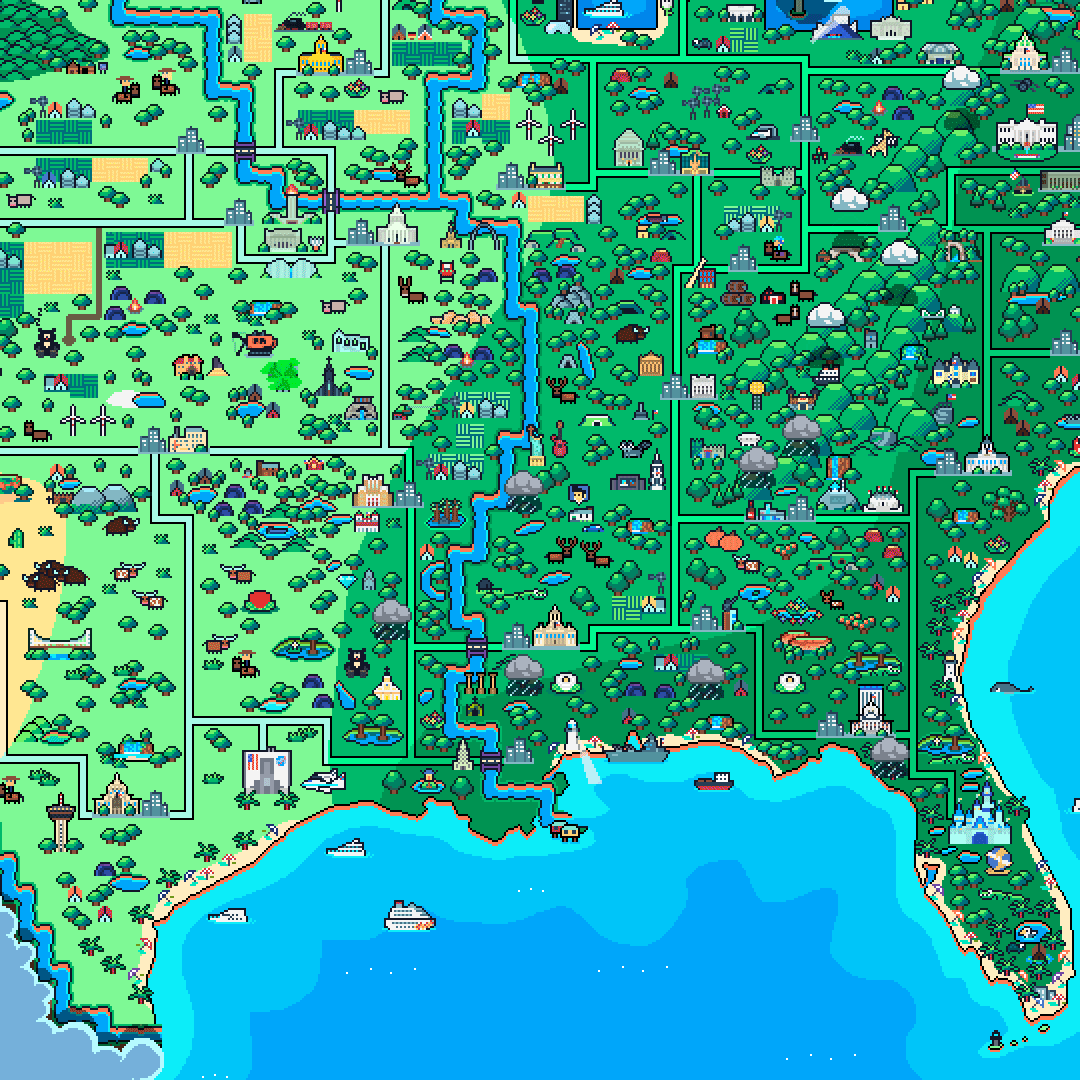

Erwan Mazarico, a co-investigator for the LOLA instrument. “The LOLA data are a foundational dataset to be used in multiple types of studies for years to come,” said Dr. The second map (Sheet 2) is based on topographic data from the Lunar Orbiter Laser Altimeter (LOLA), another instrument onboard the LRO.
LUNARK MAP FULL
The full Topographic Map of the Moon showing a derived colorized shaded relief map from the Lunar Orbiter Laser Altimeter aboard the Lunar Reconnaissance Orbiter spacecraft. “High resolution images have revealed very young lunar volcanoes ten to 100 million years old, contrary to conventional wisdom which suggests that lunar volcanism ceased between one and two billion years ago.” Mark Robinson, the principal investigator for the LRO Camera and professor at Arizona State University. “Images from the LRO Camera have greatly advanced our knowledge of the Moon,” said Dr. This image mosaic map shows the official names of physical features, such as volcanoes and impact craters, across the entire surface of the Moon. The first map (Sheet 1) is an image mosaic based on data from the Wide Angle Camera (WAC), a camera onboard the LRO. These new maps were constructed using images and topographic (elevation) data from NASA’s Lunar Reconnaissance Orbiter (LRO), which has been orbiting the Moon since 2009. The figure is centered at about 11° east longitude and +9° latitude. Copernicus crater, a 96 km diameter crater, is on the left. This figure is a close-up of the Image Map of the Moon showing the Apollo landing sites and some other successful landed missions near them.


 0 kommentar(er)
0 kommentar(er)
